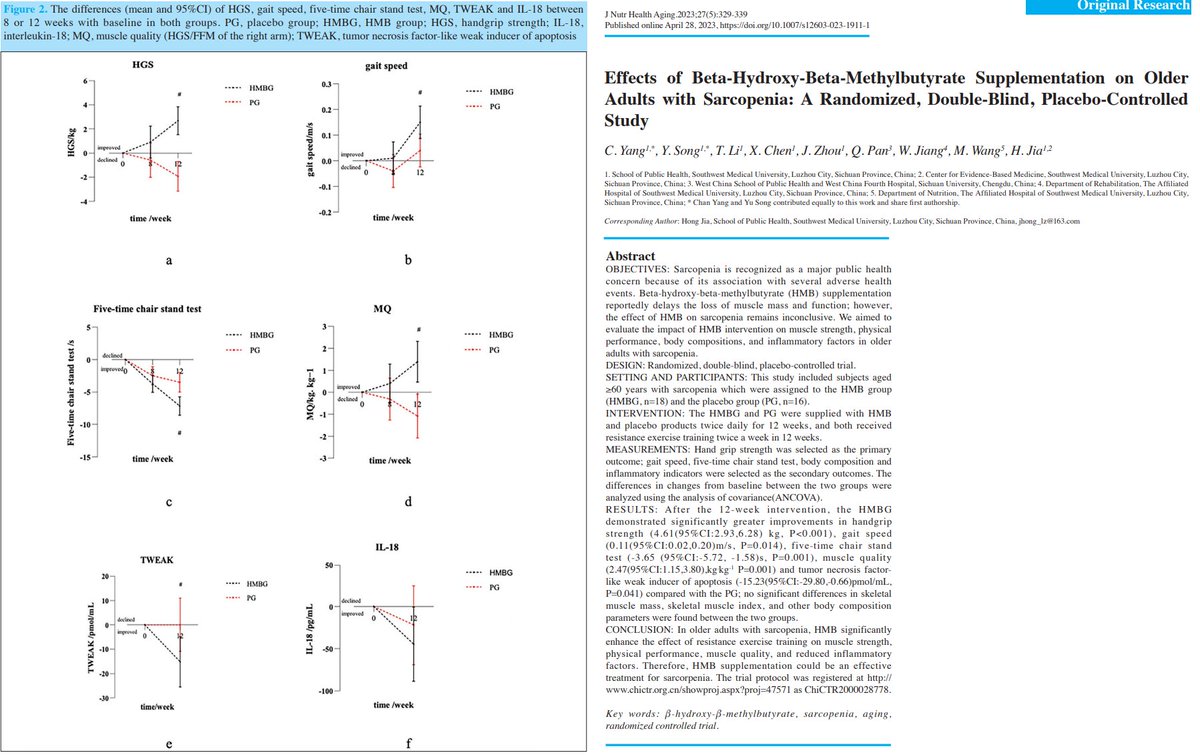This study aimed to identify risk phenotypes for sarcopenia in apparently healthy youth aged 10–18 years, using clustering analysis procedures based on body composition and musculoskeletal fitness.
- Two risk phenotypes for sarcopenia were identified in apparently healthy young people:
* a low lean body mass index phenotype with low BMI
* a lean body mass/fat body mass ratio phenotype with high BMI and fat body mass index.
* a low lean body mass index phenotype with low BMI
* a lean body mass/fat body mass ratio phenotype with high BMI and fat body mass index.
In both risk phenotypes, musculoskeletal fitness was low.
Body composition and musculoskeletal fitness: A cluster analysis for the identification of risk phenotypes for pediatric sarcopenia (open access)
doi.org/10.1016/j.clnu…
#nutrition #diet #Obesity #exercise #muscle #strength #lift #GetStrong #cardio #hiit
doi.org/10.1016/j.clnu…
#nutrition #diet #Obesity #exercise #muscle #strength #lift #GetStrong #cardio #hiit
• • •
Missing some Tweet in this thread? You can try to
force a refresh

 Read on Twitter
Read on Twitter







